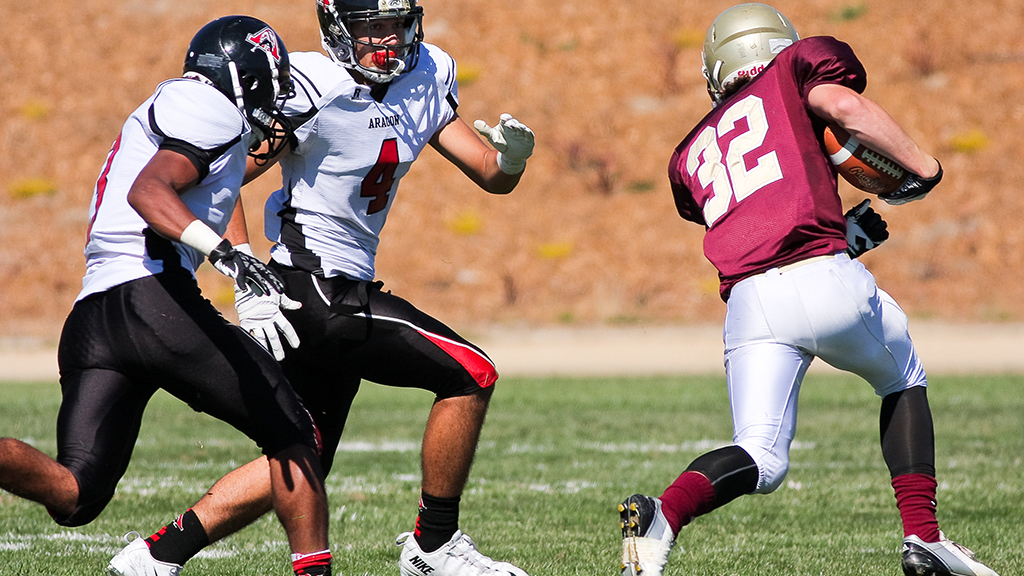Archive: Teacher Tip Tuesday: Submitting a Successful Proposal to Present at NSTA’s National Conference, April 4, 2023
Are you planning to submit a session, poster, or workshop proposal for educator sessions at the National Conference on Science Education? NSTA conferences offer valuable experiences that place the needs of educators front and center, providing an invigorating, immersive space to connect, learn, and share.
Are you planning to submit a session, poster, or workshop proposal for educator sessions at the National Conference on Science Education? NSTA conferences offer valuable experiences that place the needs of educators front and center, providing an invigorating, immersive space to connect, learn, and share.
Are you planning to submit a session, poster, or workshop proposal for educator sessions at the National Conference on Science Education? NSTA conferences offer valuable experiences that place the needs of educators front and center, providing an invigorating, immersive space to connect, learn, and share.
Are you planning to submit a session, poster, or workshop proposal for educator sessions at the National Conference on Science Education? NSTA conferences offer valuable experiences that place the needs of educators front and center, providing an invigorating, immersive space to connect, learn, and share.







